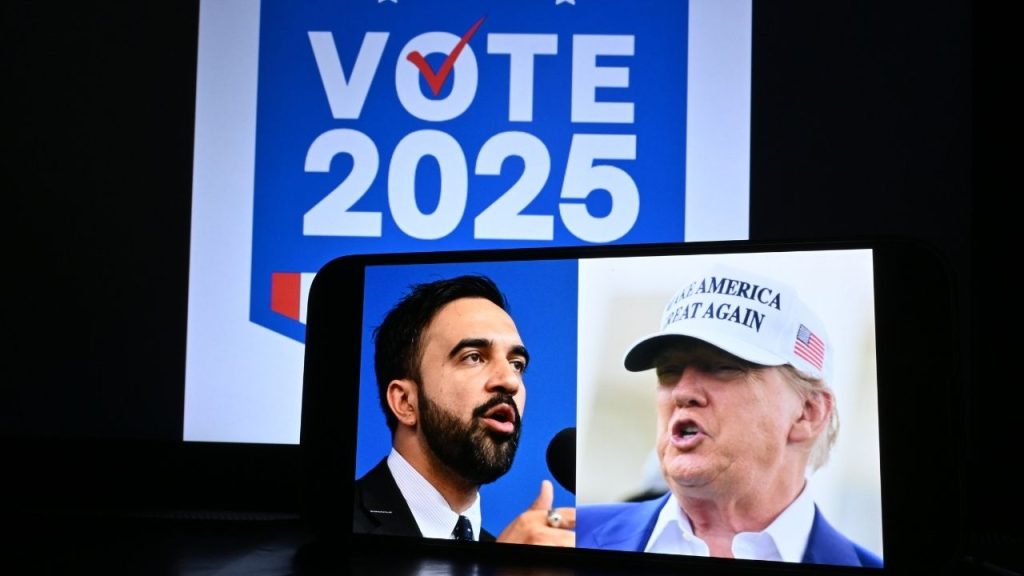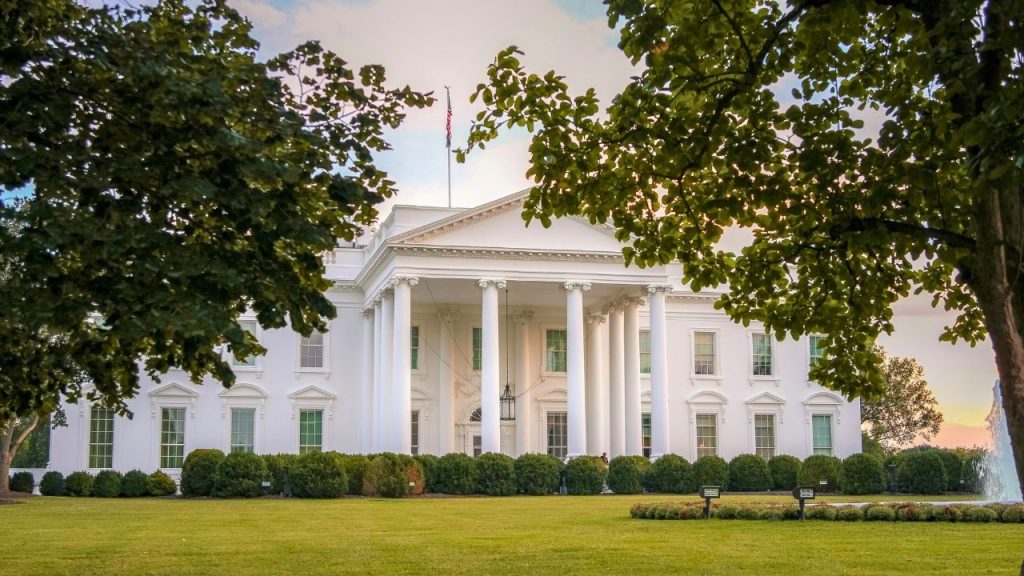Yesterday’s off-year elections delivered results that reached far beyond local politics.
In key races across states and cities, including governors’ contests in Virginia and New Jersey and the mayoral election in New York City, voters appeared to register unease with the direction of the country.
According to CBS News, Democrats swept the major races of the night, calling the outcome “an early referendum on the president,” according to CBS News.
Economic Unease and Voter Discontent
Exit polls revealed that voters were motivated primarily by concerns about the economy and a broader dissatisfaction with national leadership.
In Virginia and New Jersey, roughly two-thirds of respondents reported being either dissatisfied or angry about the state of the country, according to CBS News.
Many said their vote in these local races was influenced by their opinion of the president. This points to an unmistakable reality: the Trump administration’s handling of the economy and day-to-day governance is shaping local electoral outcomes, even when the president’s name isn’t on the ballot.
The data shows how closely intertwined national and state politics have become. When voters in municipal and gubernatorial races use their ballots to express discontent with Washington, it signals deeper frustration than routine political fatigue. It reflects doubt about the country’s current trajectory under the Trump administration.
Immigration and Enforcement Backlash
Immigration policy, a defining feature of the administration, also appeared to weigh heavily on voters’ minds. In New Jersey, more than half of respondents said the administration’s enforcement efforts had gone “too far,” according to the same CBS News analysis.
Meanwhile, polling from New York City showed a clear preference among residents for less cooperation with federal immigration enforcement.
That quiet pushback matters. Immigration enforcement has been central to the administration’s political identity, but the numbers suggest that in blue and moderate states, the tone and intensity of those policies are generating discomfort.
These local elections became a subtle way for voters to express their dissatisfaction with the perceived overreach of the federal government’s approach.
Structural Pushback Through Redistricting
Beyond individual races, voters also used ballot measures to send signals. In California, approval of Proposition 50 allows the state legislature to redraw congressional districts ahead of the 2026 elections.
CBS News noted that the measure is widely seen as a countermove to Republican-led redistricting efforts in other parts of the country and a direct response to the Trump administration’s broader power strategy.
This outcome suggests that resistance to the administration’s political blueprint is now being built into institutional frameworks, not just electoral outcomes.
The Shutdown’s Ripple Effects
The timing of the election added another layer of context. The federal government remains in the midst of a shutdown, now stretching into its third week.
As The Guardian reported, the shutdown has disrupted pay for thousands of federal employees, strained air-traffic control staffing, and generated frustration across Washington and the states, according to The Guardian.
In Virginia, home to one of the country’s largest concentrations of federal workers, the economic and emotional toll of that shutdown likely influenced turnout. Several Virginia candidates tied closely to the national GOP struggled to distance themselves from the administration’s handling of the crisis.
As one CBS News analysis observed, the losses there effectively served as “a referendum on the Trump administration itself.”
Cautions and Counter-Currents
It’s worth noting that off-year elections often favor the party out of power. Local factors, such as candidate strength, turnout, and campaign spending, also influence the results.
Still, the consistency of this year’s outcomes, in states spanning the East Coast to California, gives the message added weight.
The electorate’s mood appears to be more about national direction than local issues, suggesting that dissatisfaction with the administration’s style and governance is spreading beyond traditional partisan divides.
Looking Ahead
For the Trump administration, these results deliver a quiet but pointed message. To maintain momentum, the public will need to see tangible improvements in cost of living, cooperation between federal and state governments, and a less confrontational governing style. Without visible progress, discontent reflected in these local ballots could harden into broader opposition.
The second takeaway lies in how voters are beginning to fortify institutional safeguards through ballot initiatives, voting-rights protections, and redistricting reforms. These are not isolated acts of defiance but signals of a recalibrated electorate seeking balance against executive power.
Finally, optics and tone matter as much as policy. Voters demonstrated that even without a presidential election on the calendar, the president’s shadow looms large over state and local politics. The ongoing shutdown, immigration enforcement controversies, and clashes with state governments all appear to be shaping perceptions of national leadership.
An America Growing Uneasy With Trump
In sum, yesterday’s elections quietly reveal a public growing uneasy with the Trump administration’s direction. The message isn’t shouted in protests or campaign ads. It’s written in votes cast for change.
As 2026 approaches, the White House may need to recalibrate both its policies and its posture if it hopes to avoid a broader political reckoning.
Photo Credit: Mamdani and Trump (miss.cabul/shutterstock)








